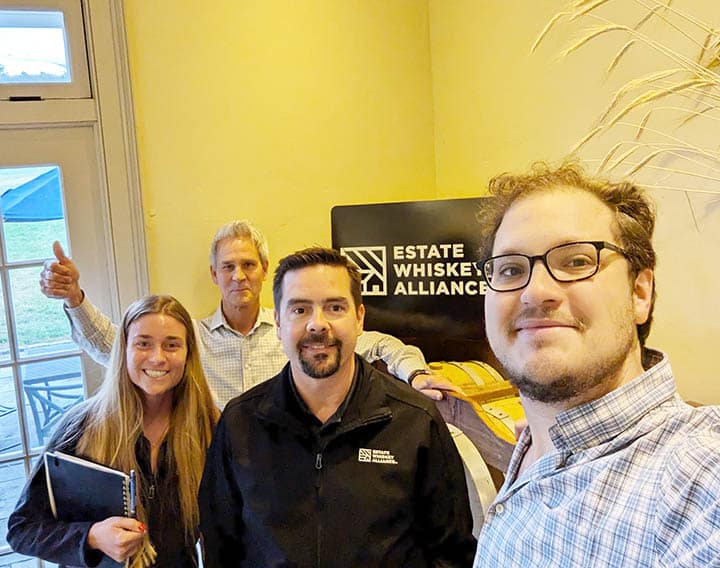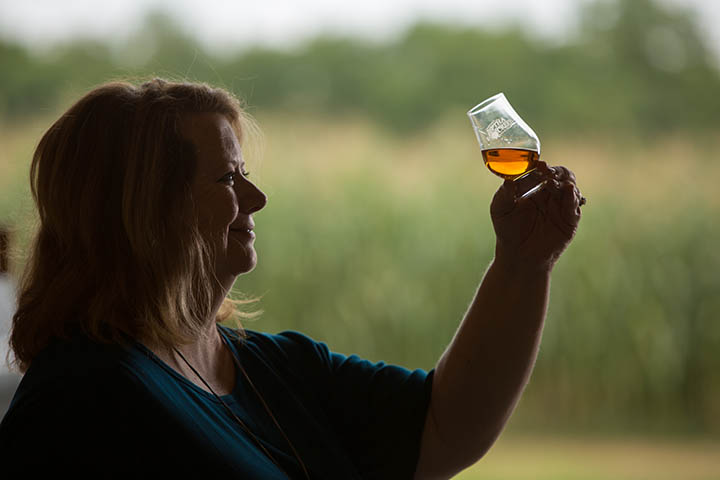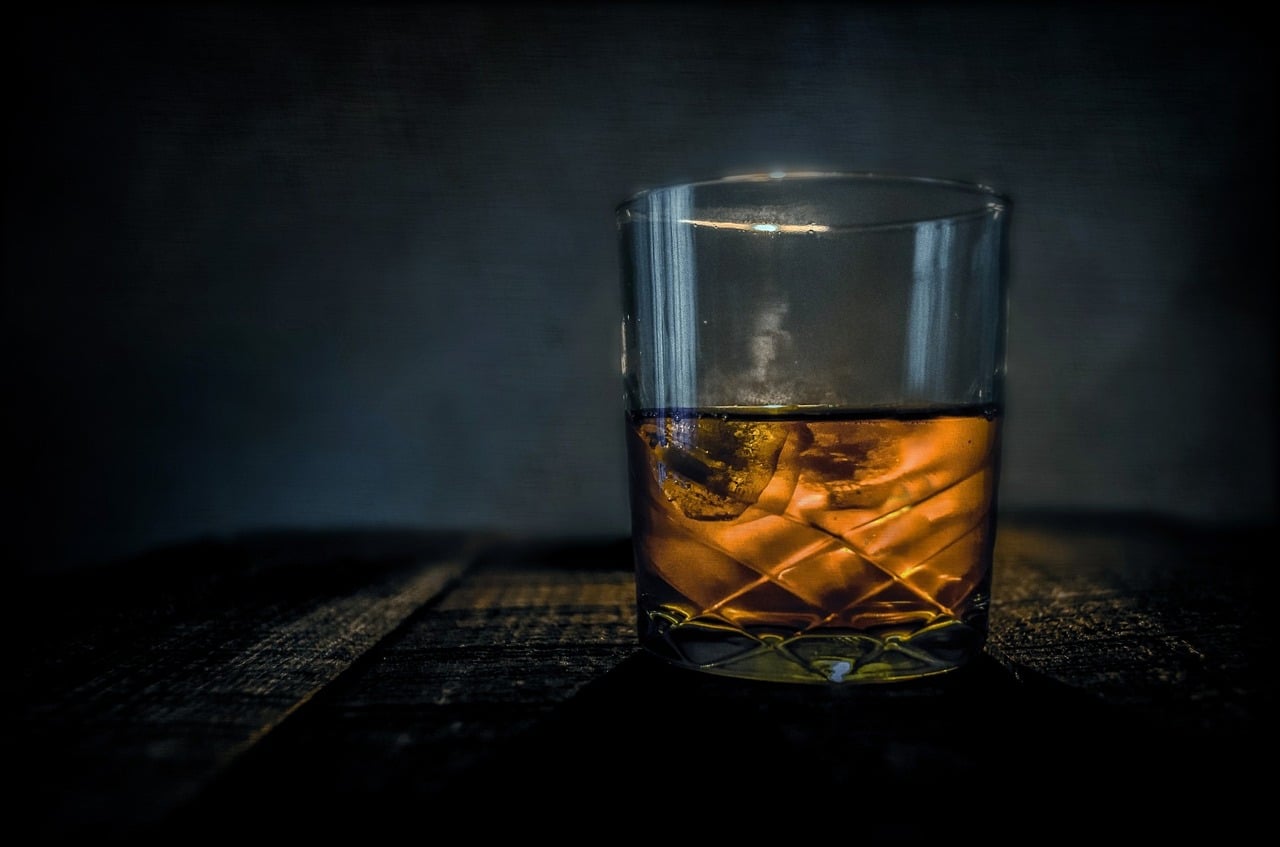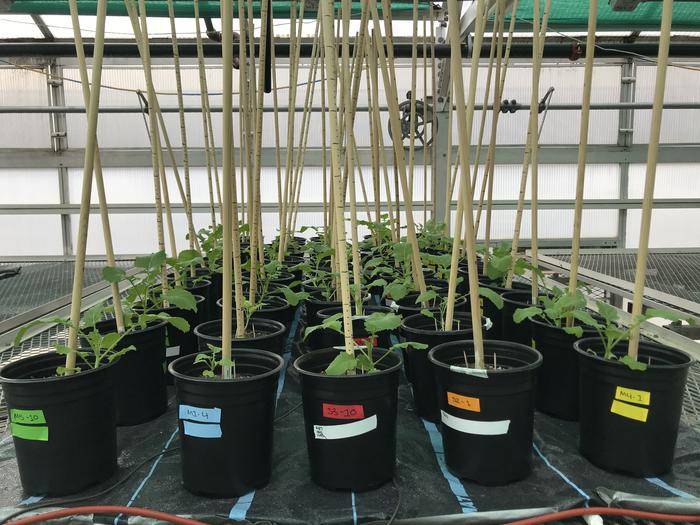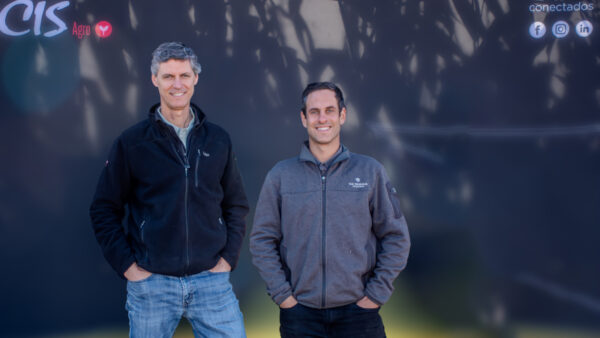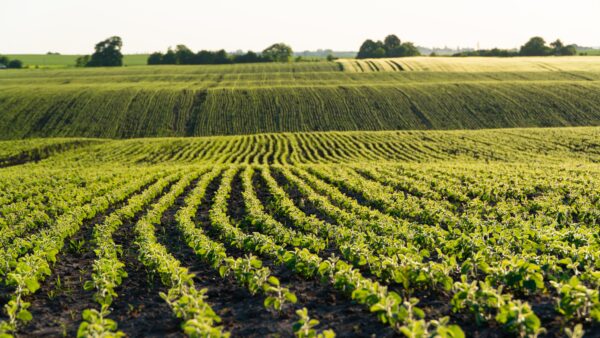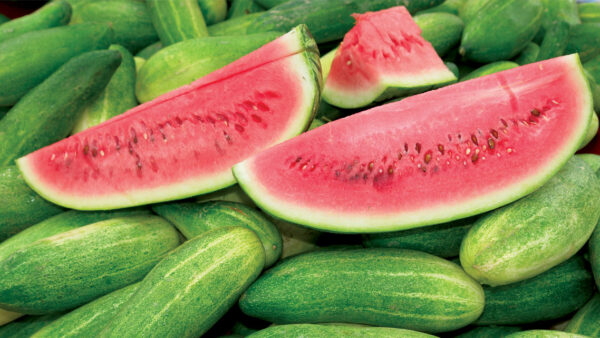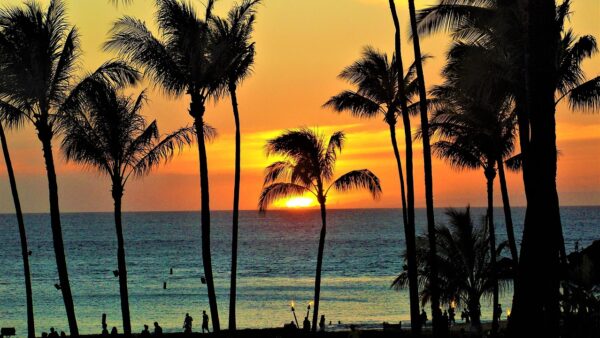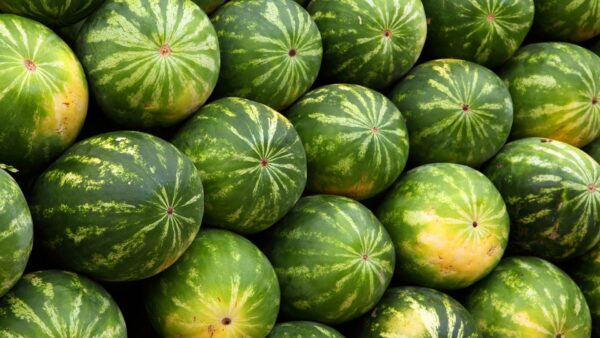This is a companion piece to a feature in our Seed World U.S. February issue, Seed to Sip: How Corn Shapes Bourbon’s Flavor and Legacy.
The Estate Whiskey Alliance® (EWA) is redefining the future of whiskey. Established at the University of Kentucky in 2023, the alliance leverages more than 150 years of history in supporting the spirits industry through research, talent development and innovation.
“This all started because several of our partners brought to our attention that there’s a category — estate whiskey — that’s largely undefined,” says Landon Borders, executive director of Innovation Connect at UK Innovate and director of the EWA. “It’s become fairly unique for a whiskey product to be sourced and completely produced on estate owned or controlled lands. Given our history, resources and expertise, it made sense for us to support this as an unbiased third party.”
From Vision to Action
The alliance quickly garnered interest from distilleries, farmers and industry organizations eager to elevate the estate whiskey category.
“We realized we’d be remiss if this was just a certification program,” Borders says. “There was an opportunity to engage and collaborate with farming and distillery partners in an alliance approach.”
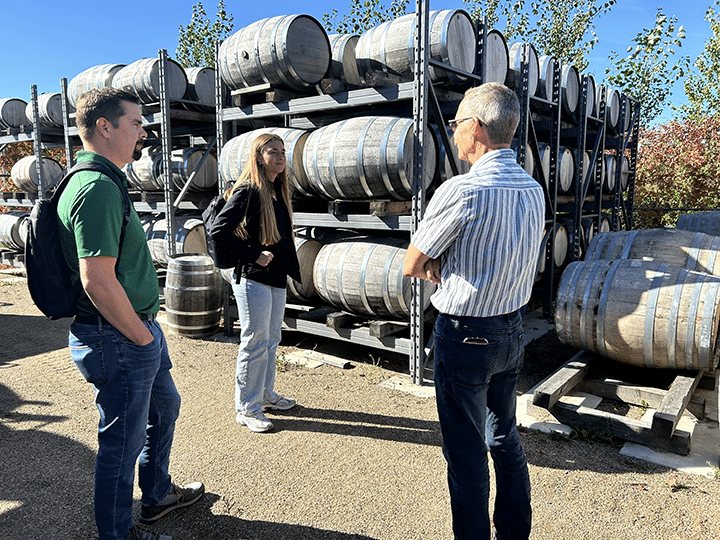
According to Alexa Narel, EWA operations manager, the organization has already established two key membership categories: business and academic.
“We’ve kept it simple,” she explains. “Business members include distilleries and farmers with a vested interest, while academic members are there to support the research and innovation side of things. Certification, though, is only open to distilleries.”
A “Napa Valley” Seed-to-Sip Experience for Whiskey
One of the most intriguing aspects of the alliance is its vision for consumer engagement. Borders likens the experience to Napa Valley’s wine tourism.
“It’s fascinating to visit estates and see the grains where they’re grown,” he says. “That connection — being able to witness the process firsthand — adds depth to the storytelling and enhances the flavor and tourism experience for consumers.”
Narel elaborates on this idea, saying, “you already see brands using phrases like ‘grain to glass’ ‘seed to sip’ or ‘crop to connoisseur.’ What we’re doing takes it further by backing it with research and a defined certification mark. It adds credibility and helps consumers understand why these products are special.”
What Does It Mean for a Product to Be Estate Whiskey Certified?
The certification process is rigorous yet consumer-friendly.
“All production processes — from milling to fermentation, distillation, aging, and bottling — must occur on the estate,” Borders says. “Additionally, at least two-thirds of the mash bill grains must be grown on estate-owned or controlled land. To provide even more transparency, certified products can include a number on the label indicating the exact percentage of estate-grown grains.”
From Terroir to Sustainability
Research is a cornerstone of the alliance’s mission, and its members are driving the agenda.
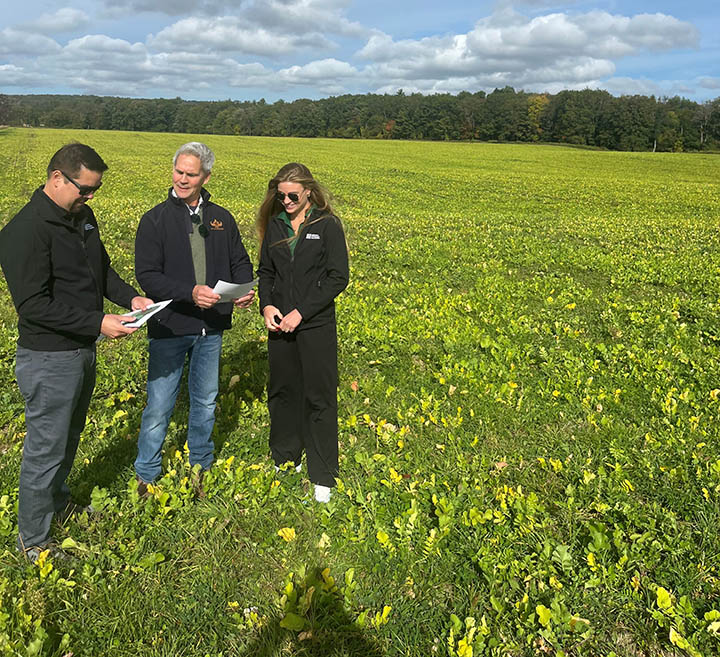
“Our top priority is understanding the impact of terroir on flavor, specifically focusing on the grain before it’s received at the distillery,” Narel says. “That includes microclimates, soil management, pesticide topography, etc. We’re also looking at sustainability from a regional perspective by researching the challenges of implementing circularity throughout estate operations like wastewater recovery and stillage reuse on a farm.”
Another area of interest is the use of heritage and heirloom seeds.
“What’s the influence of certain varietals on aromatic or flavor profiles?” Borders asks. “And how can we overcome challenges like growing barley in Kentucky, where it’s not traditionally cultivated?”
A Global Vision
While the EWA has deep Kentucky roots, its reach is intentionally broad.
“We’ve filed trademarks in the U.S., Canada, the EU, the UK and Japan,” Borders says. “This isn’t just about bourbon. It’s about creating a standard that can unite whiskey producers globally, whether they’re making bourbon, Tennessee whiskey, Canadian whisky, Scotch or Japanese whisky.”
Narel says her goal is for two friends to walk into a liquor store, see the Estate Whiskey Certified™ (EWC) mark on a bottle, and say, ‘Let’s get this one — it’s local, it’s crafted, and it’s high quality.’ She said that’s the kind of consumer awareness they want to build.
Hurdles and Opportunities Ahead
“Sustainability means something different to everyone,” Borders says. “We wanted to start with simple, high-bar criteria and expand based on feedback from our members.”
Consumer education will also be crucial. “We’re relying on our members to tell the story,” Narel says. The success of EWC products will drive awareness and interest in this category.”
Borders sees exciting possibilities for innovation.
“Whiskey-making has been around for centuries, but there’s still so much opportunity for discovery through research,” he said. “We’re eager to see where our investments in education and innovation take us.”
The Future of Estate Whiskey
“I want to see bourbon, Scotch, and even Japanese whisky with our certification mark,” Borders says. “It would be unprecedented and incredibly powerful.”
For Narel, the vision is clear and consumer-focused: “We want the EWA mark to become synonymous with trust and excellence — a signal that this whiskey was crafted with care, from seed to sip.”
As the Estate Whiskey Alliance continues to grow, it’s poised to elevate not only the standards of whiskey production but also the consumer experience, creating a global community of producers, researchers, and enthusiasts dedicated to the art of estate whiskey.
“This is about raising awareness, telling better stories, and connecting people to the land and the craft,” Narel says. “That’s what makes it special.”


